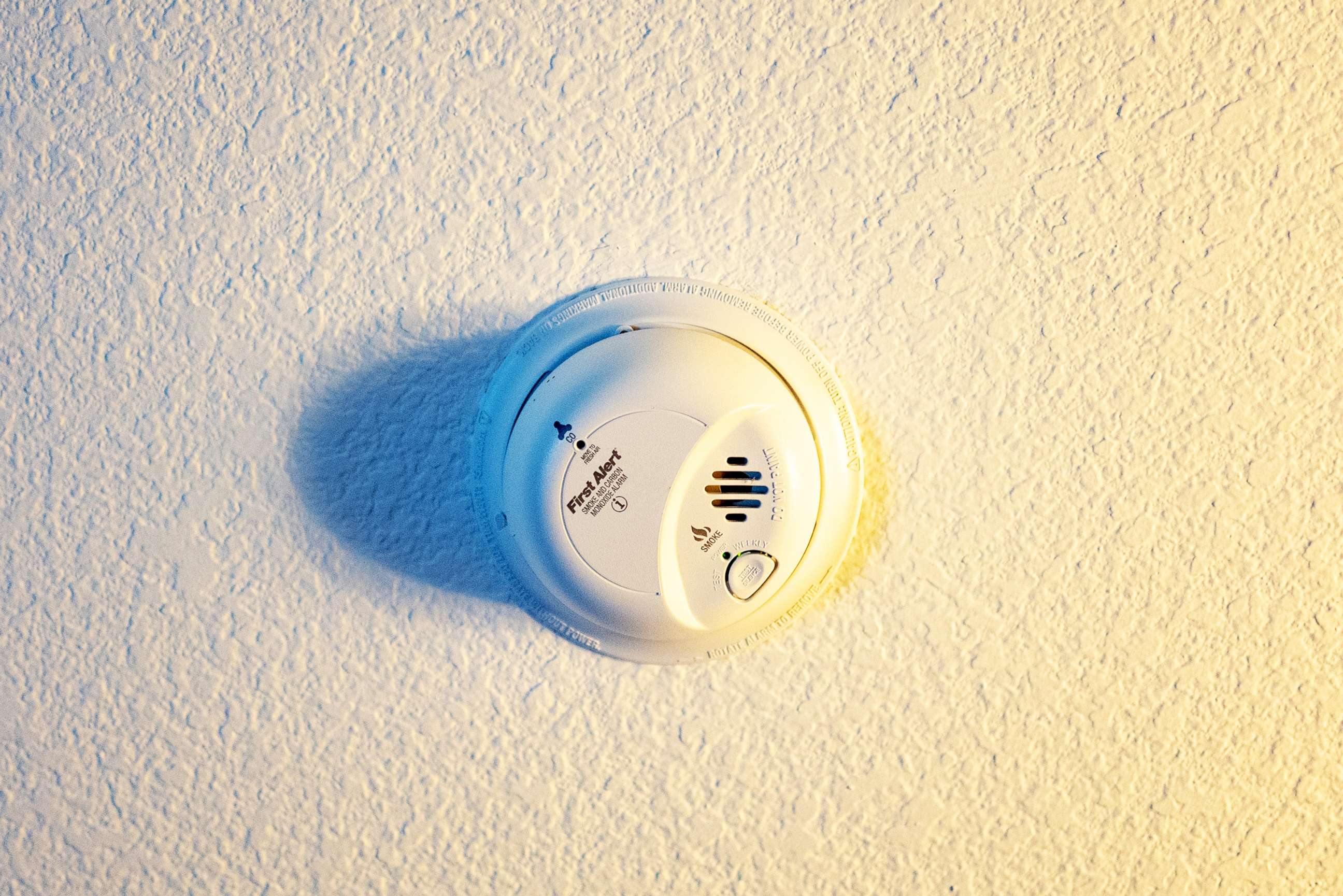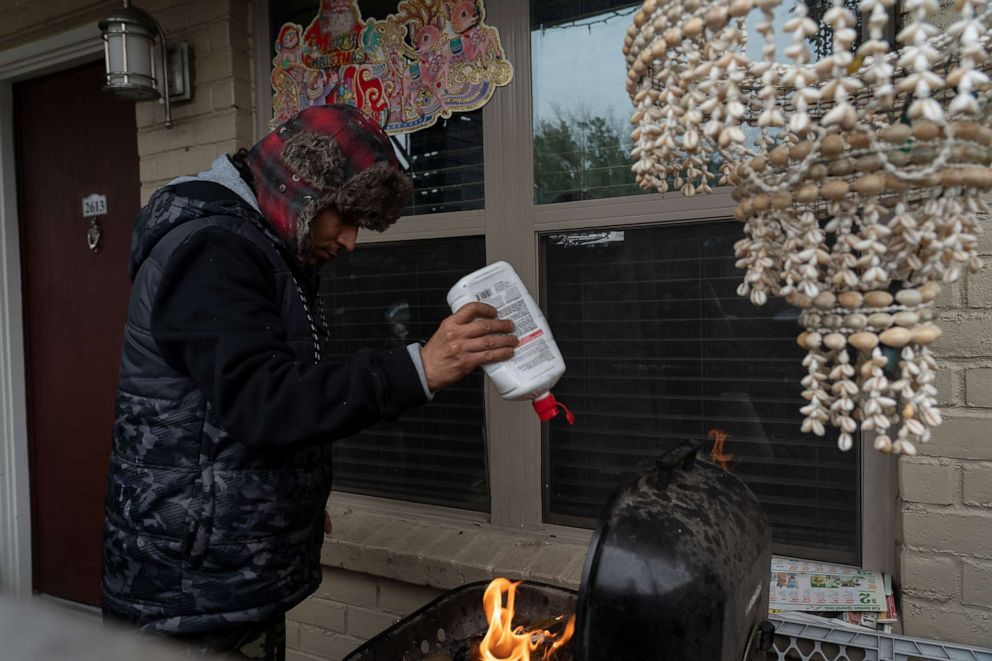Carbon monoxide revealed as Brett Gardner's son's cause of death: What to know about CO poisoning
Miller Gardner, the 14-year-old son of former New York Yankees outfielder Brett Gardner, died from carbon monoxide poisoning during the family's vacation at an upscale Costa Rican resort, authorities in the country revealed.
Authorities conducted a blood test for carbon monoxide and found a saturation level of 64% in the teen's body, Costa Rican officials said. Concentrations above 50% are considered lethal.
The hotel has not yet commented on the toxicology report, but the hotel previously said high levels of carbon monoxide were detected in an adjacent mechanical room, and were "non-existent" in Miller Gardner's room.

Here's what you need to know about the dangers of carbon monoxide:
This article was initially published in 2021.
Carbon monoxide, also known as "the silent killer," is a poisonous gas that does not have any smell or taste. It is found in fumes when you burn fuel in cars or trucks, stoves, ovens, grills and generators. It can build up in tightly sealed or closed spaces.
Breathing it in can make you sick, and toxic levels can kill you. When you inhale too much of it, your blood cannot carry oxygen to important organs such as your brain or heart.
Carbon monoxide (CO) produces a wide range of flu-like symptoms. The Centers for Disease Control and Prevention says the most common issues are headaches, dizziness, nausea, vomiting, chest pain and confusion.
If you or a member of your household experiences any of these symptoms, go to the nearest emergency room immediately. Infants, the elderly and people with chronic conditions such as heart disease or breathing problems are at higher risk. Symptoms get worse the longer you are exposed to the gas.
The good news is poisoning is entirely preventable. Here is what you should know to keep warm and safe.
Do install a battery-operated CO detector.
If you already have one, check to make sure the batteries are functional. Place the detector where you will hear it go off. If you use a unit that plugs in to a direct power source, make sure it has a battery backup. Install one at each level of your house.

Do trap heat inside as much as you can.
Close your windows or blinds to trap heat inside. Seal doors and windows with weather strips or rags. Wear additional layers of clothing.
Do make sure your appliances are vented properly.
The CDC has warned against burning anything in a stove or fireplace that is not adequately vented. If using a fireplace, make sure the chimney flue is open and stay awake while the fire is burning.
Don't leave your car running in an enclosed space such as your garage
Motor vehicle exhaust from running your car or truck in a garage attached to your house can dramatically increase CO levels. Avoid this even if you have the garage door open.
Don't use a generator or any gas-powered engine inside your home
The CDC states generators must be outside and at least 20 feet from your doors and windows. Do not use them inside your home, basement or garage.

Don't use a charcoal grill or portable camping stove inside
Charcoal gives off CO. Do not use them in indoor fireplaces or grills for heat. Portable gas stoves also give off CO and should not be used indoors.
Don't use a gas oven or gas stovetop to heat a home
It's tempting to turn on a gas oven or stove for heat, but only use them for the purpose they were designed. Overuse can cause a buildup of CO inside your home and lead to poisoning.
Please remain vigilant and cautious. If you or your loved ones experience any of the above symptoms, remember to call your physician or visit your local hospital.
In 2021, Mishal Reja, M.D., was an incoming gastroenterology fellow at State University of New York, Downstate and contributor to the ABC News Medical Unit.





